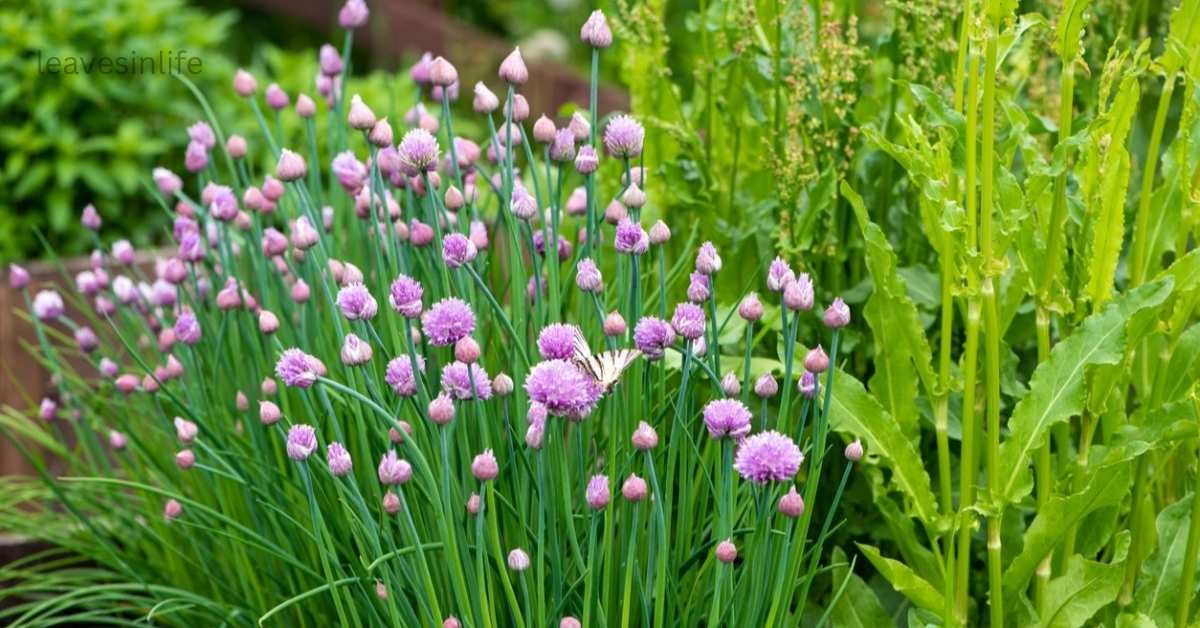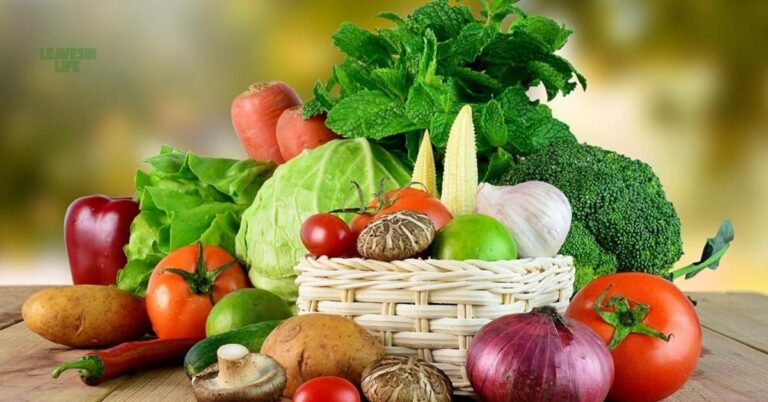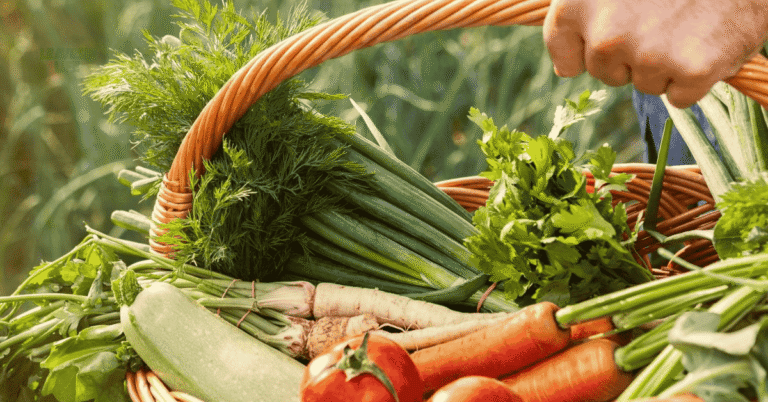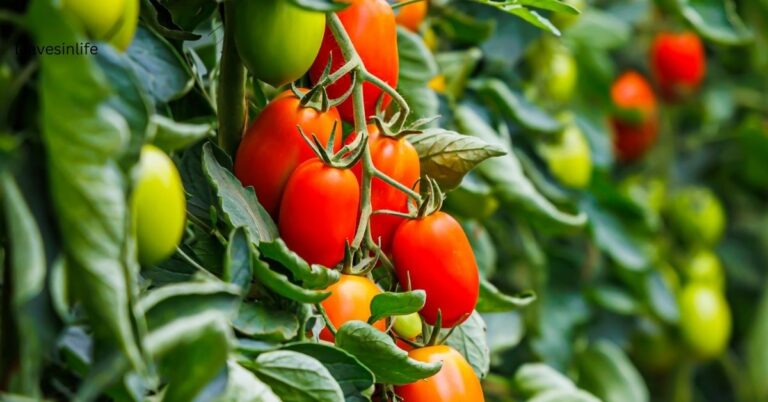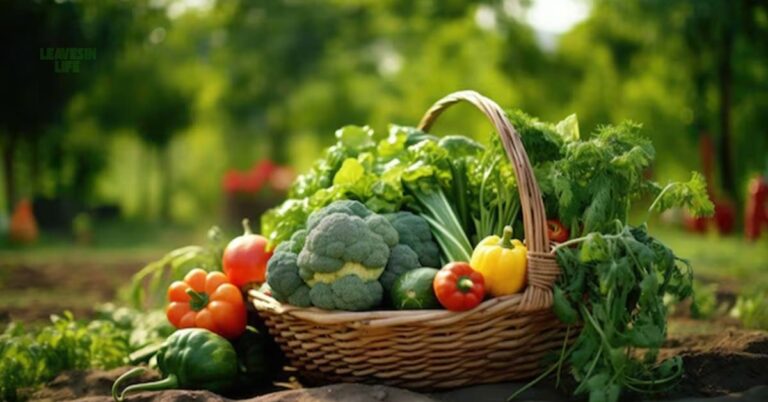When we talk about vegetables, most people usually think of leafy greens, roots, or stems. But there is a unique category known as flower vegetables—plants in which the edible part is the flower or flower bud. These vegetables are not only nutritious but also visually appealing in the garden.
Unlike root or stem vegetables, which grow underground or along the stalk, flower vegetables are harvested when the plant’s blooms are still tender and fresh. This makes them different and special because you are essentially eating the flowering part of the plant itself.
For home gardeners, flower vegetables are an excellent choice. They can be grown easily in kitchen gardens or containers, add beauty with their colorful blooms, and provide a fresh, organic harvest right from your backyard.
What Are Flower Vegetables?
Flower vegetables are a type of vegetables where the edible part is the flower or the flower bud. Unlike root or stem vegetables, they are harvested when the bloom is still fresh and tender. include cauliflower, broccoli, artichoke, banana flower, and pumpkin flowers. These flower vegetables are commonly used in everyday cooking and are valued for both their taste and nutrition.
List of Best Flower Vegetables for Home Gardening
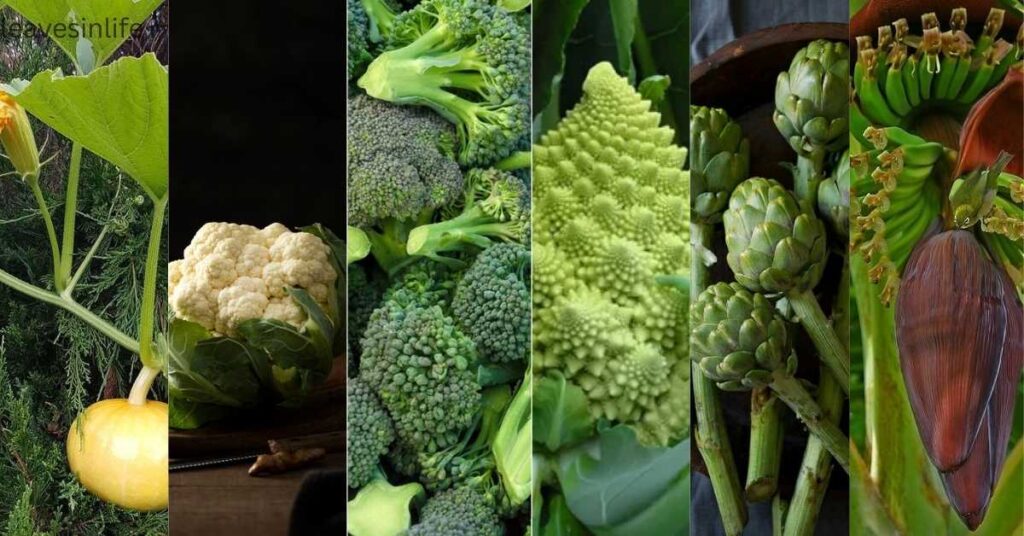
If you’re planning to grow flower vegetables in your home garden, here are some of the best choices that are both easy to care for and rewarding at harvest:
Cauliflower
Cauliflower is one of the most common and popular flower vegetables grown in home gardens. It’s a cool-season crop that produces large white heads and can be used in a variety of dishes such as curries, soups, and roasted meals. With the right care, cauliflower can be a reliable and rewarding addition to your kitchen garden.
Gardening Tips for Growing Cauliflower
Soil
- Cauliflower thrives in fertile, well-drained soil enriched with compost or organic matter.
- The soil should be kept moist and rich in nitrogen for strong growth.
- A pH between 6.5 and 7.5 is ideal for healthy head formation.
Season
- Best grown in cool weather — either in early spring or fall.
- High summer heat can cause the plant to bolt or produce loose, poor-quality heads.
- In warmer climates, try planting in partial shade to protect from extreme sun.
Spacing
- Keep 18–24 inches between plants and about 2–3 feet between rows.
- Proper spacing allows heads to develop fully and reduces the risk of disease.
- Crowded plants often result in smaller, lower-quality harvests.
Watering
- Cauliflower needs consistent moisture for proper head development.
- Deep water once or twice a week rather than shallow, frequent watering.
- Mulching around plants helps retain moisture and prevents soil from drying out.
Harvesting
- Don’t wait too long – overripe heads may become loose, yellow, or bitter.
- Harvest when the heads are compact, firm, and about 6–8 inches across.
- Cut the head with a sharp knife, leaving a few leaves attached for protection.
Broccoli
Broccoli is a nutrient-rich vegetable and one of the most popular flower vegetables for home gardening. It’s packed with vitamins, minerals, and antioxidants, making it a healthy addition to your meals. Broccoli grows well in garden beds or containers, and with proper care, you can enjoy multiple harvests in a single season. For more tips on planting broccoli and other seasonal vegetables, check out this guide: Vegetables to Plant in August
Gardening Tips for Growing Broccoli
Soil
- Broccoli prefers fertile, well-drained soil with plenty of organic matter.
- Nitrogen-rich soil supports steady leaf growth, which is important before the head forms.
- A soil pH between 6.0 and 7.0 works best for strong, healthy plants.
Season
- Broccoli thrives in cool weather and grows best in early spring or fall.
- Extreme heat can cause the heads to bolt (flower early), reducing quality.
- In warmer regions, plant in partial shade to protect from harsh afternoon sun.
Spacing
- Keep 18 inches between plants and around 2–3 feet between rows.
- Good spacing improves airflow and helps heads grow larger and firmer.
- Crowding can lead to smaller heads and increase the risk of disease.
Watering
- Broccoli needs consistent moisture, especially during head formation.
- Water deeply once or twice a week to keep soil evenly moist.
- Mulching helps conserve water, keep soil cool, and prevent weeds.
Harvesting
- Harvest the main head when it’s firm, tight, and about 4–7 inches wide.
- Cut the head with 5–6 inches of stem attached for best storage.
- After harvesting the central head, side shoots often grow back, giving you additional smaller harvests.
Romanesco
Romanesco is truly a show-stopper in the garden. Its spiral, geometric pattern makes it look almost too pretty to eat. With a flavor somewhere between broccoli and cauliflower, this vegetable is both nutritious and ornamental, making it a unique addition to any home garden
Gardening Tips for Growing Romanesco
Soil
- Romanesco grows best in well-drained soil that prevents waterlogging and root damage.
- Add organic compost or well-rotted manure to enrich the soil with steady nutrients.
- A slightly acidic to neutral pH (6.0–7.5) creates the ideal environment for healthy growth.
Season
- Romanesco is a cool-season crop, thriving in spring or fall when temperatures are mild.
- Hot summer weather can cause plants to bolt or form small, poor-quality heads.
- In warmer regions, plant early in spring or late in summer for a strong fall harvest.
Spacing
- Keep 18–24 inches between plants to allow enough room for heads to develop properly.
- Adequate spacing improves airflow, reducing the risk of fungal diseases.
- It also ensures each plant gets enough sunlight and nutrients for full growth.
Watering
- Provide consistent moisture, keeping the soil evenly moist but never soggy.
- Deep watering once or twice a week is better than shallow daily watering.
- Mulching helps lock in soil moisture and keeps roots cool in warm conditions.
Harvesting
- Harvest when the head is firm, bright green, and fully formed.
- Don’t delay, as over-mature heads may start to separate or flower.
- Cut the head cleanly with a sharp knife, and sometimes smaller side shoots may grow for a second, lighter harvest.
Artichoke
If you have a little extra space, artichokes are worth the effort. They take longer to grow, but once established, they can provide multiple harvests each year. As one of the most unique flower vegetables, their distinct flavor and high antioxidant content make them a valuable and nutritious addition to any home garden. For detailed guidance on growing and caring for artichokes, you can check this trusted resource: How to Plant, Grow, and Harvest Artichokes.
Gardening Tips for Growing Artichoke
Soil
- Artichokes prefer rich, well-drained soil that is high in organic matter.
- Mix compost or aged manure into the soil before planting for steady growth.
- A pH level of 6.5–7.5 works best for healthy plants.
Season
- Best grown in mild climates with cool, moist summers and frost-free winters.
- In cooler regions, start seeds indoors and transplant once frost risk has passed.
- Artichokes are perennial in warm zones but grown as annuals in colder areas.
Spacing
- Each plant needs plenty of room, so keep 3–4 feet of space between them.
- Proper spacing allows large leaves to spread out and prevents overcrowding.
- It also ensures good airflow, which reduces disease risk.
Watering
- Artichokes require consistent moisture, especially during head formation.
- Deep water once or twice a week, depending on climate and soil type.
- Mulching helps retain moisture and keeps roots cool in warm weather.
Harvesting
- Each plant can produce several buds, with smaller side buds appearing after the main one is harvested.
- Harvest artichokes when the flower buds are tight and firm, before they begin to open.
- Cut the stem about 1–3 inches below the bud using a sharp knife.
Banana Flower
Found at the end of a banana cluster, this large purple blossom is one of the most unique flower vegetables. It is widely used in Asian cooking and is perfect for making curries, soups, and salads. Growing your own banana flower at home can add both nutrition and variety to your meals while enhancing your garden with an exotic touch.
Gardening Tips for Growing Banana Flower
Soil
- Banana plants, which produce banana flowers, need well-drained, fertile soil rich in organic matter.
- Loamy soil with a slightly acidic to neutral pH (5.5–7.0) is ideal.
- Adding compost or manure improves soil fertility and helps sustain long-term growth.
Season
- Best suited to warm, tropical, or subtropical climates where frost does not occur.
- Plant during the onset of the rainy season or in spring when temperatures are stable.
- In cooler regions, banana plants can be grown in large containers and moved indoors during winter.
Spacing
- Banana plants require plenty of room; space them at least 6–8 feet apart.
- Proper spacing allows good airflow, prevents overcrowding, and reduces pest attacks.
- Container-grown plants should be placed in wide pots (at least 15–20 gallons).
Watering
- Banana flowers need consistent moisture, as banana plants are heavy water users.
- Deep watering 2–3 times per week is recommended, especially in hot weather.
- Mulching around the base helps retain moisture and keeps soil cool.
Harvesting
- The banana flower can be harvested once the fruit cluster begins forming, usually after 6–8 months of planting.
- Cut the large purple blossom carefully with a sharp knife.
- Outer bracts are usually removed, and the tender inner florets are used for cooking.
Pumpkin Flowers / Squash Blossoms
These bright yellow blooms are among the most attractive flower vegetables you can grow at home. Not only do they bring a splash of color to your garden, but they are also edible and delicious. Gardeners often enjoy them stuffed, fried, or added to soups, making them a seasonal delicacy that combines both beauty and taste.
Gardening Tips for Growing Pumpkin Flowers / Squash Blossoms
Soil
- Pumpkin and squash plants thrive in rich, well-drained soil with plenty of organic matter.
- Adding compost or aged manure before planting boosts fertility and supports healthy flower production.
- A soil pH between 6.0 and 6.8 is ideal for strong growth.
Season
- These flower vegetables grow best in warm weather during late spring and summer.
- Plant after the last frost date when the soil has warmed up.
- In cooler climates, seeds can be started indoors and transplanted outdoors once temperatures are stable.
Spacing
- Pumpkins and squash are sprawling plants, so they need lots of space to spread.
- Space plants 3–5 feet apart in rows, or grow them on trellises if you want to save space.
- Adequate spacing helps prevent fungal issues and ensures healthy flower development.
Watering
- Consistent watering is crucial, especially during flowering and fruiting stages.
- Water at the base of the plant to keep leaves dry and reduce the risk of mildew.
- Mulching helps retain soil moisture and keeps the root zone cool.
Harvesting
- Pumpkin and squash blossoms are best harvested early in the morning when flowers are fresh and open.
- Male flowers (long, thin stems) can be harvested freely, while female flowers (short, swollen stems) should be left to produce fruit.
- Use blossoms right after harvesting for the best flavor and texture.
How to Grow Flower Vegetables at Home
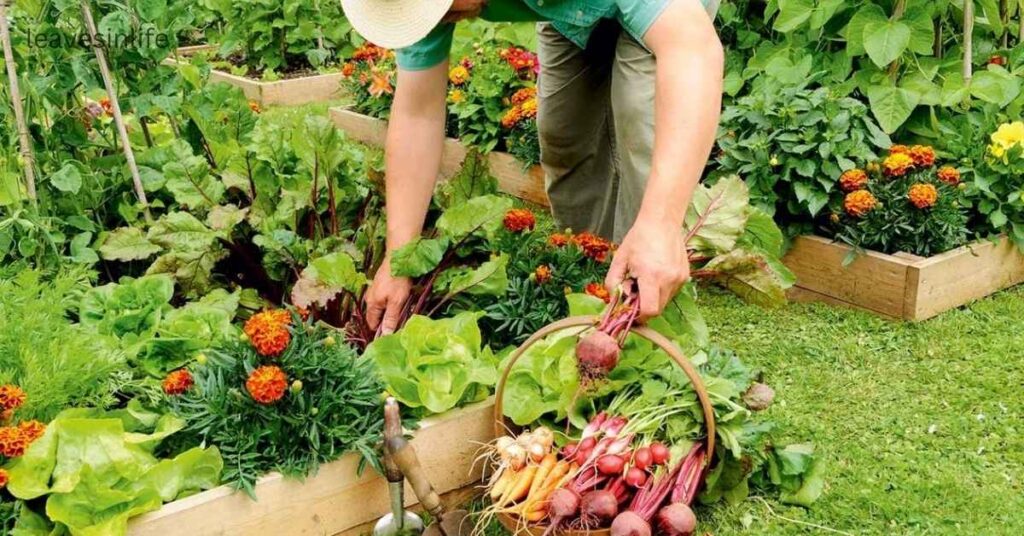
Growing flower vegetables at home is easier than many gardeners think. With the right care, they can provide fresh, nutritious harvests while adding beauty to your garden. Here are some essential tips to get started:
Sunlight Needs
- Most flower vegetables need at least 5–6 hours of direct sunlight daily to grow strong and produce healthy blooms.
- In very hot regions, a little afternoon shade can protect plants from stress.
- Position your garden or containers where they can get maximum morning sun, as it’s less harsh and very effective for growth.
Fertilizers
- Organic compost or well-rotted manure is the best base fertilizer for flower vegetables.
- During the growing season, liquid fertilizers like compost tea or seaweed extract can give plants an extra boost.
- Avoid over-fertilizing, as too much nitrogen encourages leafy growth instead of flowers.
Container vs. Ground Planting
- Container Planting: Perfect for gardeners with limited space. Choose large, deep pots with good drainage. Vegetables like broccoli or banana flower can grow well in containers if watered and fed regularly.
- Ground Planting: Best for bigger plants like artichokes or pumpkins that need more space to spread. Growing in the ground allows for stronger root systems and higher yields.
- Whichever method you choose, ensure proper spacing so each plant gets enough air, light, and nutrients.
Benefits of Growing Flower Vegetables
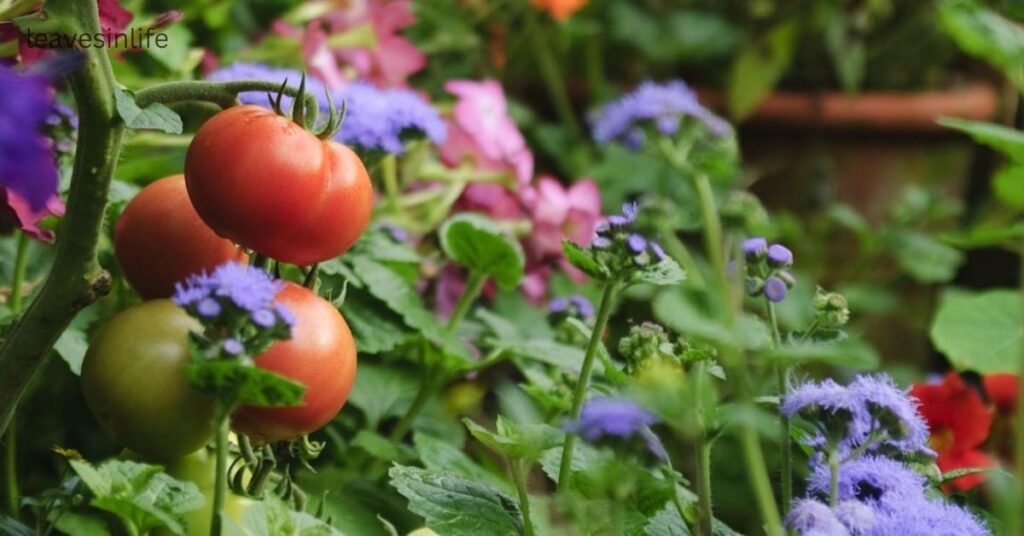
Growing flower vegetables at home is not only rewarding but also brings multiple advantages for gardeners and families alike. Here are some key benefits:
Fresh and Organic Harvest
- Homegrown flower vegetables give you access to fresh produce free from harmful chemicals.
- You can harvest right when they’re at their peak flavor and nutritional value.
- Nothing beats the taste of vegetables picked straight from your own garden.
High Nutritional Value
- Many flower vegetables, like broccoli and artichoke, are packed with vitamins, minerals, and antioxidants.
- Regularly including them in your meals supports immunity, digestion, and overall health.
- They’re a natural way to boost your diet without relying on supplements.
Adds Beauty to Your Garden
- Bright, colorful blooms such as pumpkin flowers and Romanesco add ornamental value to any space.
- These plants turn a simple garden into a lively, attractive spot.
- Flower vegetables give you the best of both worlds-beauty and food.
Budget-Friendly and Healthy Lifestyle
- Growing your own vegetables saves money on grocery bills over time.
- It encourages a more active, outdoor lifestyle that benefits both physical and mental health.
- Gardening with flower vegetables is a sustainable and cost-effective way to live healthier.
Common Problems & Solutions in Growing Flower Vegetables
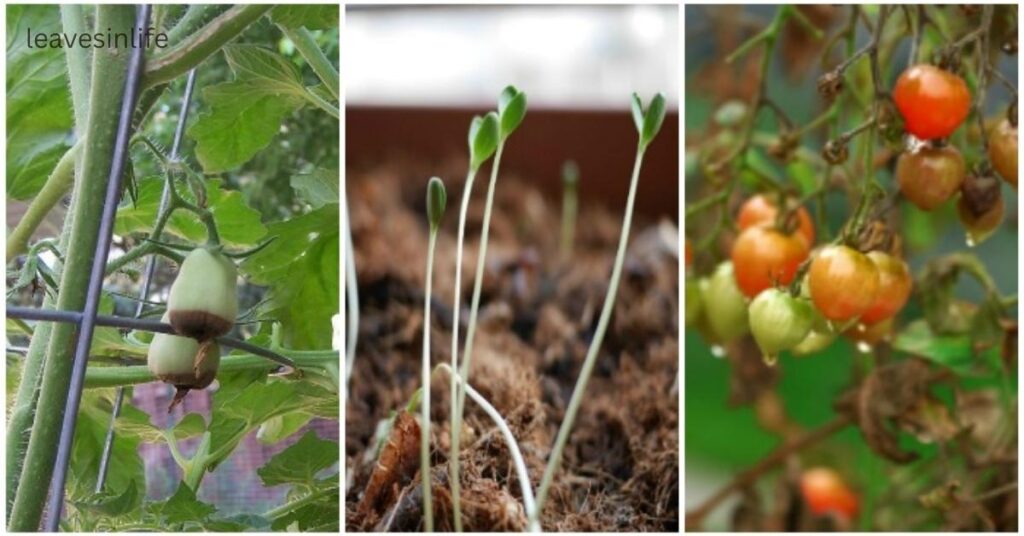
Even though flower vegetables are rewarding to grow, gardeners may face a few challenges along the way. Understanding these problems and knowing how to solve them will help you enjoy a healthy and abundant harvest.
Pests
- Caterpillars, aphids, and beetles are the most common pests that damage leaves and flower buds.
- For small infestations, handpicking works well, but for larger problems, organic sprays such as neem oil or garlic water are effective.
- Attracting beneficial insects like ladybugs and lacewings can also help keep pest populations under control naturally.
Diseases
- Powdery mildew, downy mildew, and root rot often affect flower vegetables, especially in humid or poorly drained conditions.
- To prevent these, ensure proper spacing between plants for good airflow.
- Always water at the base of the plant instead of overhead to keep leaves dry.
- Remove infected leaves quickly and use organic fungicides if the disease spreads.
Conclusion
Growing flower vegetables at home is a wonderful way to combine nutrition, beauty, and sustainability in your garden. From cauliflower and broccoli to banana flowers and squash blossoms, each one adds unique flavors to your meals while bringing vibrant colors to your backyard.
Whether you have a spacious garden or just a few containers, starting with one or two flower vegetables can be an exciting and rewarding experience. Not only will you enjoy fresh, organic harvests, but you’ll also discover the joy of cultivating plants that are as beautiful as they are delicious. So why not make your kitchen garden more colorful and nutritious by planting flower vegetables today?

